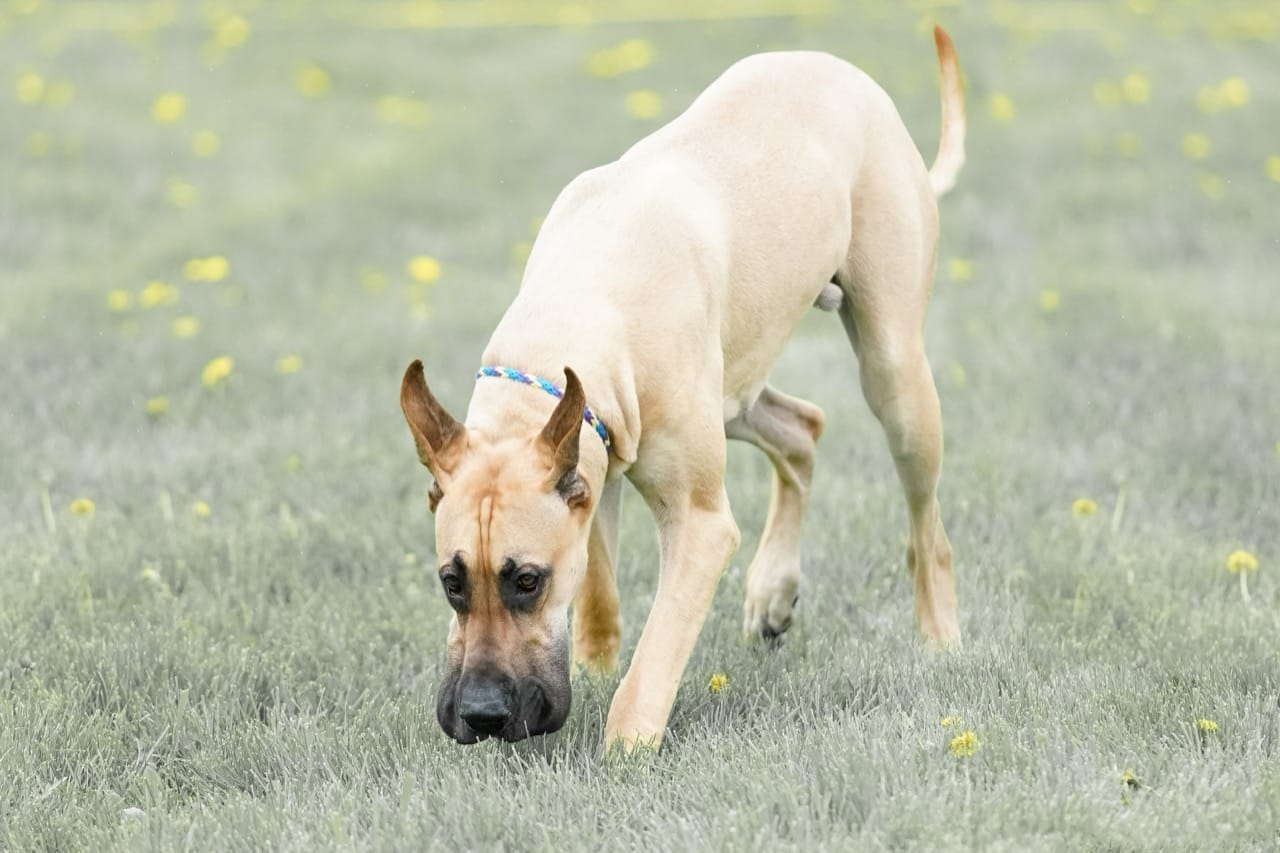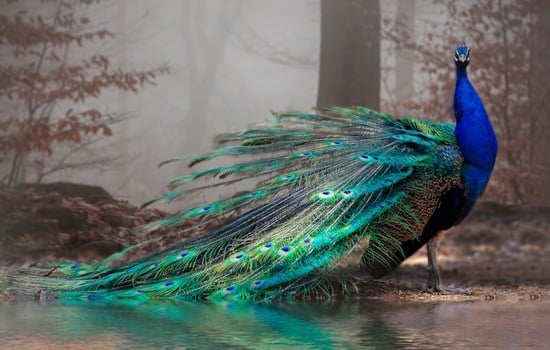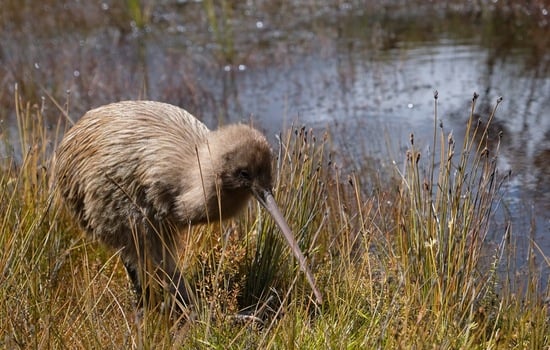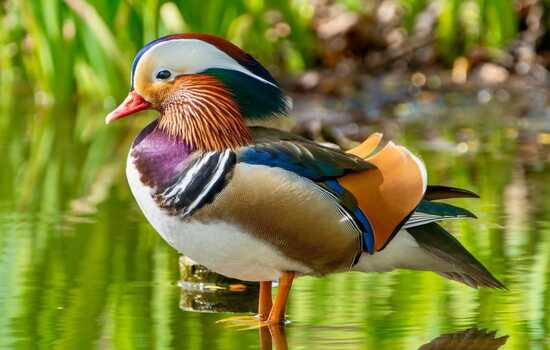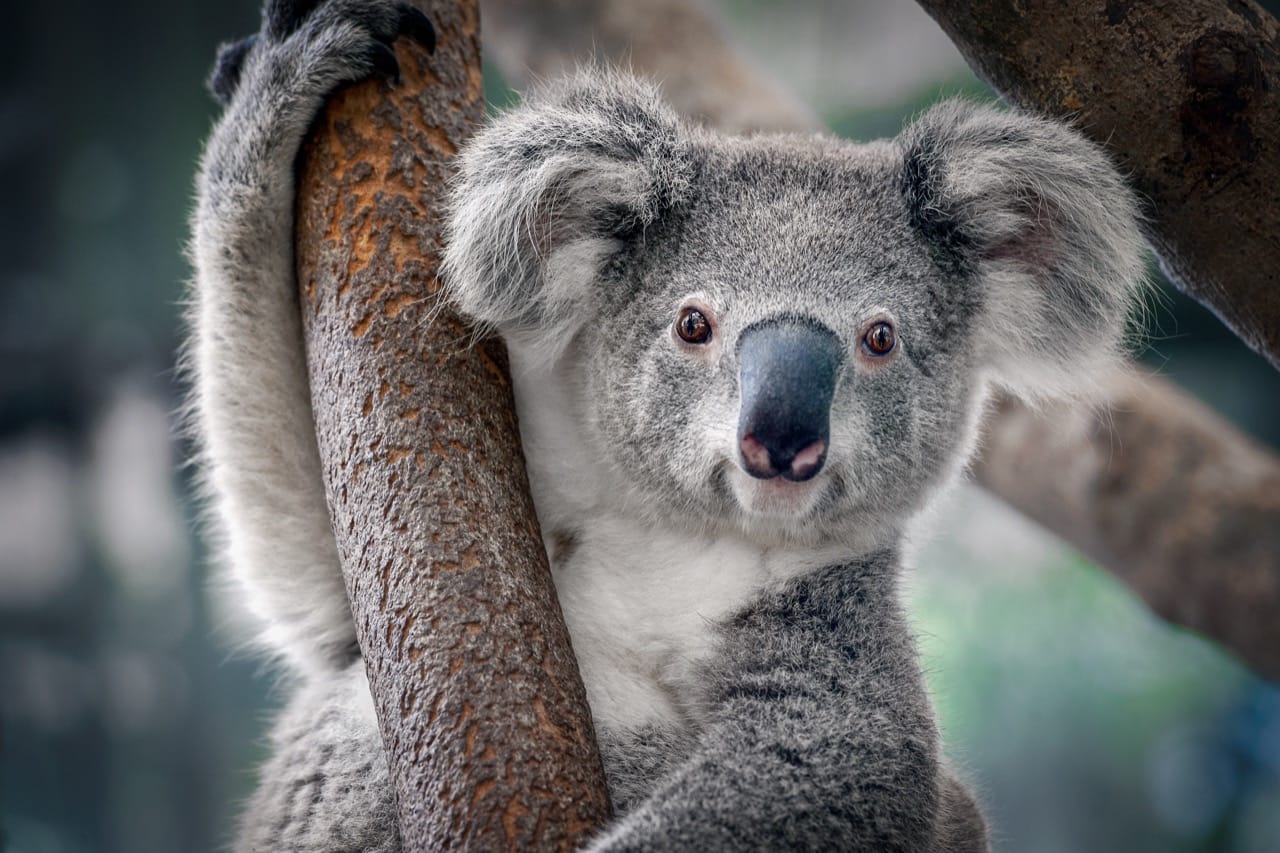
In the leafy, eucalyptus-laden forests of Australia, amidst the chorus of birdcalls and the rustle of leaves, dwells one of the most iconic and beloved marsupials, the Koala. Often mistaken for a bear due to its appearance and colloquially referred to as the "koala bear," this endearing creature is actually more closely related to the wombat. With a penchant for leisurely hours spent in the crooks of trees and an insatiable appetite for eucalyptus leaves, koalas embody the serene essence of the Australian wilderness. Before we delve into the heart of their world, here's an interesting piece of trivia: Koalas have individual fingerprints, remarkably similar to human ones, so much so that they can confuse crime scene investigators!
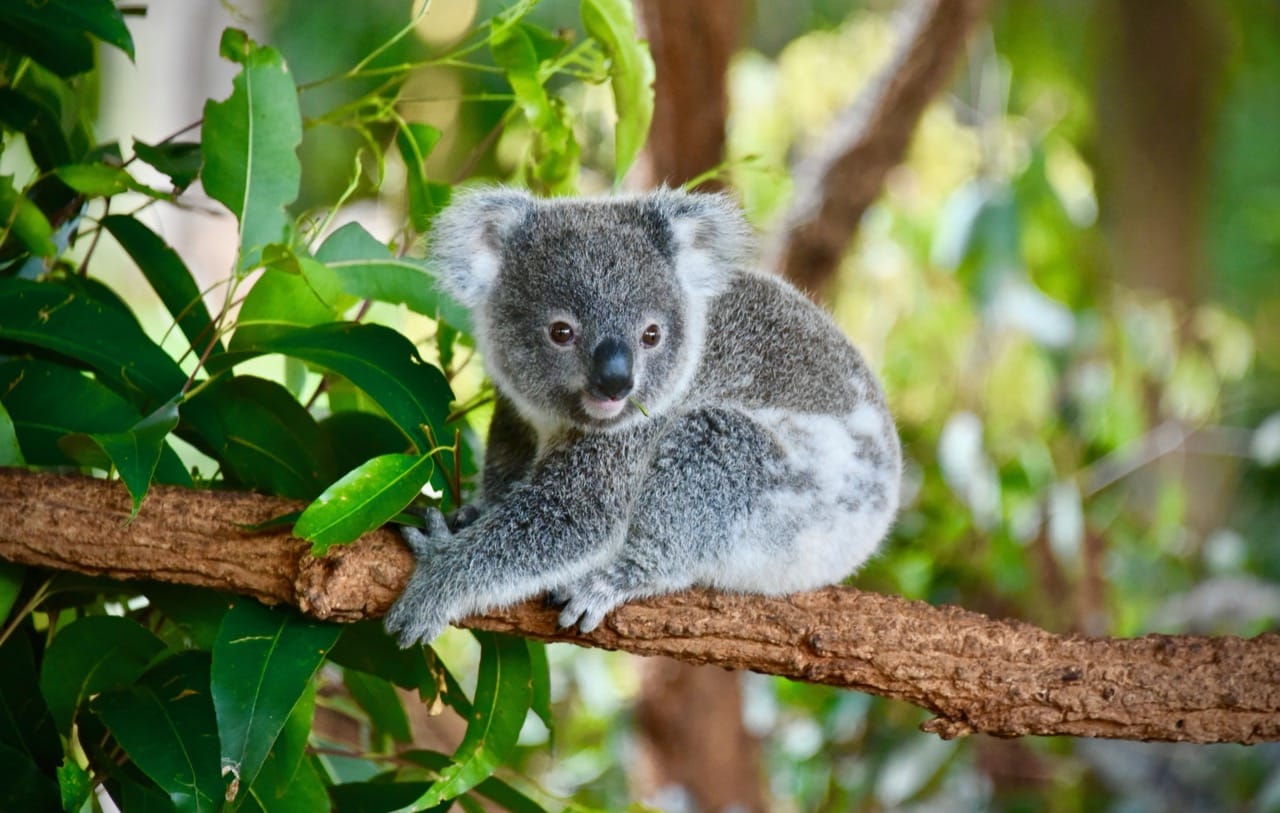
A Glimpse Into Evolution: Origins
The tale of the koala is one woven through time, stretching back millions of years to the Miocene era. Ancestors of modern koalas were once terrestrial creatures, navigating the vast forests of ancient Australia. Over epochs, these ancestors adapted to a life among the branches, evolving into the tree-hugging, eucalyptus-munching marsupials we adore today. This evolutionary journey has equipped koalas with a specialized anatomy perfectly suited for their arboreal lifestyle, showcasing nature's ability to carve niches in the tapestry of life.
The Quintessence of Koala: Physical Characteristics
Observing a koala, one is immediately drawn to its stout, fuzzy form, large spoon-shaped nose, and soulful eyes. A koala's fur, thick and woolly, ranges from silver grey to chocolate brown, providing insulation against both cold and heat, a testament to their adaptability. Their hands are equipped with strong, curved claws and rough pads to grip tree branches, while their hind paws have a unique opposable digit with no claw, aiding their grasp. Weighing between 4 to 15 kilograms (9 to 33 pounds), koalas have a robust, if somewhat sedentary, presence in the eucalypt forests they call home.
A Eucalyptus Embrace: Habitat and Lifestyle
Koalas are found in the eucalyptus forests and woodlands of eastern and southeastern Australia, where they lead a mostly solitary and nocturnal existence. Each koala claims a home range that overlaps with those of others but is fiercely defended, especially during the breeding season. These marsupials spend up to 20 hours a day sleeping or resting, conserving energy for their nighttime foraging. When they're not catching up on their beauty sleep, koalas are navigating the treetops in search of food, mates, or a cozy nook to lounge in.
The Leafy Banquet: Diet
Koalas are herbivores, with a diet almost exclusively composed of eucalyptus leaves. Eucalyptus, though toxic to most animals, is the koala's mainstay, thanks to their highly specialized digestive system. Their stomachs contain bacteria that break down the fibrous leaves, neutralizing the toxins and extracting the scant nutrients. Koalas are discerning eaters, favoring leaves from select eucalyptus species, and will often sniff leaves before eating, ensuring they meet their strict dietary standards.
A Gentle Solitude: Behaviour
Despite their cuddly appearance, koalas are solitary creatures by nature. Their social interactions are limited, with communication primarily through vocalizations – from deep grunts and snores to bellows and screams during mating season. Males are particularly vocal, using deep, bellowing calls to attract mates and deter rivals. The koala's life is a slow-paced journey through the treetops, punctuated by moments of tender care for their young, known as "joeys," who spend their first six to seven months in their mother's pouch.
Pouch Life: Reproduction
Koala reproduction is a delicate affair, with females giving birth to a single joey after a gestation period of about 35 days. Born blind and earless, the joey crawls into its mother's pouch, where it will remain for the next six months, feeding on milk and growing. Upon leaving the pouch, the joey clings to its mother's back, gradually transitioning to a diet of predigested eucalyptus leaves. This nurturing bond lasts until the joey is about a year old, ready to claim its own branch in the vast eucalyptus forests.
Shadows in the Canopy: Natural Predators and Threats
Koalas face few natural predators, with large birds of prey, snakes, and dingoes posing the most significant threat, especially to younger, less experienced koalas. However, the true peril comes from human activity – habitat destruction, road accidents, dog attacks, and disease, particularly chlamydia, which has severely impacted koala populations. Conservation efforts are in place, focusing on habitat preservation, disease management, and creating safe passageways across human-dominated landscapes.
Echoes of Conservation
Today, koalas are considered vulnerable to extinction, with their numbers dwindling under the pressures of modern Australia. Conservation initiatives aim to strike a balance between urban development and the preservation of koalas' natural habitats. Sanctuaries, breeding programs, and public education campaigns are vital tools in the fight to save these emblematic marsupials, ensuring that future generations will continue to be enchanted by the sleepy, leafy embrace of the koala.
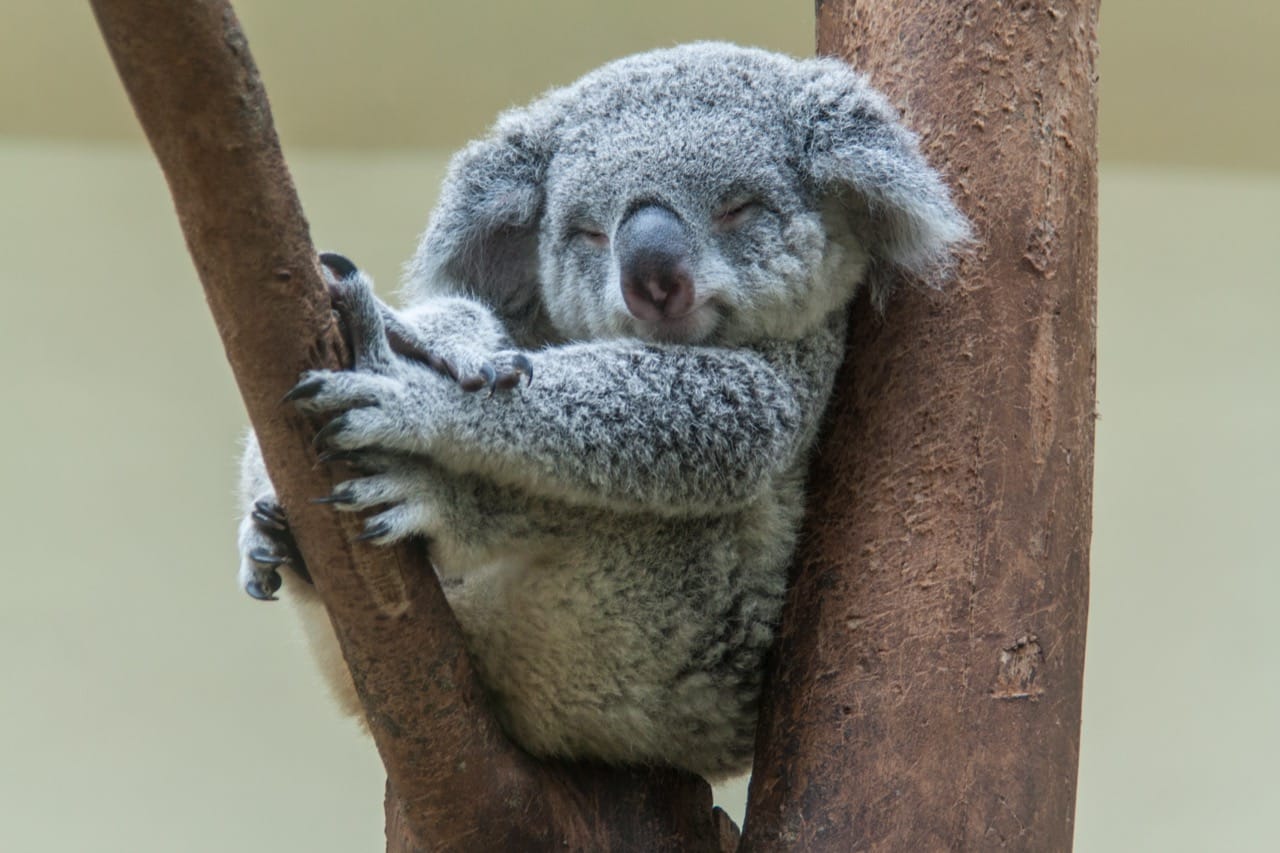
The Cultural Pawprint
Beyond their ecological role, koalas hold a special place in Australian culture and heritage. They are emblematic of Australia's unique wildlife, serving as ambassadors for conservation efforts both locally and globally. From Indigenous stories and art to their status as a must-see for tourists, koalas symbolize the fragile beauty of the natural world and the need for harmony between humanity and nature.
Koalas remind us of the wonders hidden in the treetops and the quiet corners of the world. They invite us to look closer, to appreciate the slow rhythms of nature, and to protect the delicate balance that sustains it. As we navigate the challenges of the 21st century, the koala stands as a symbol of both vulnerability and resilience, a call to action to preserve the natural world for the countless species that call it home, including ourselves.


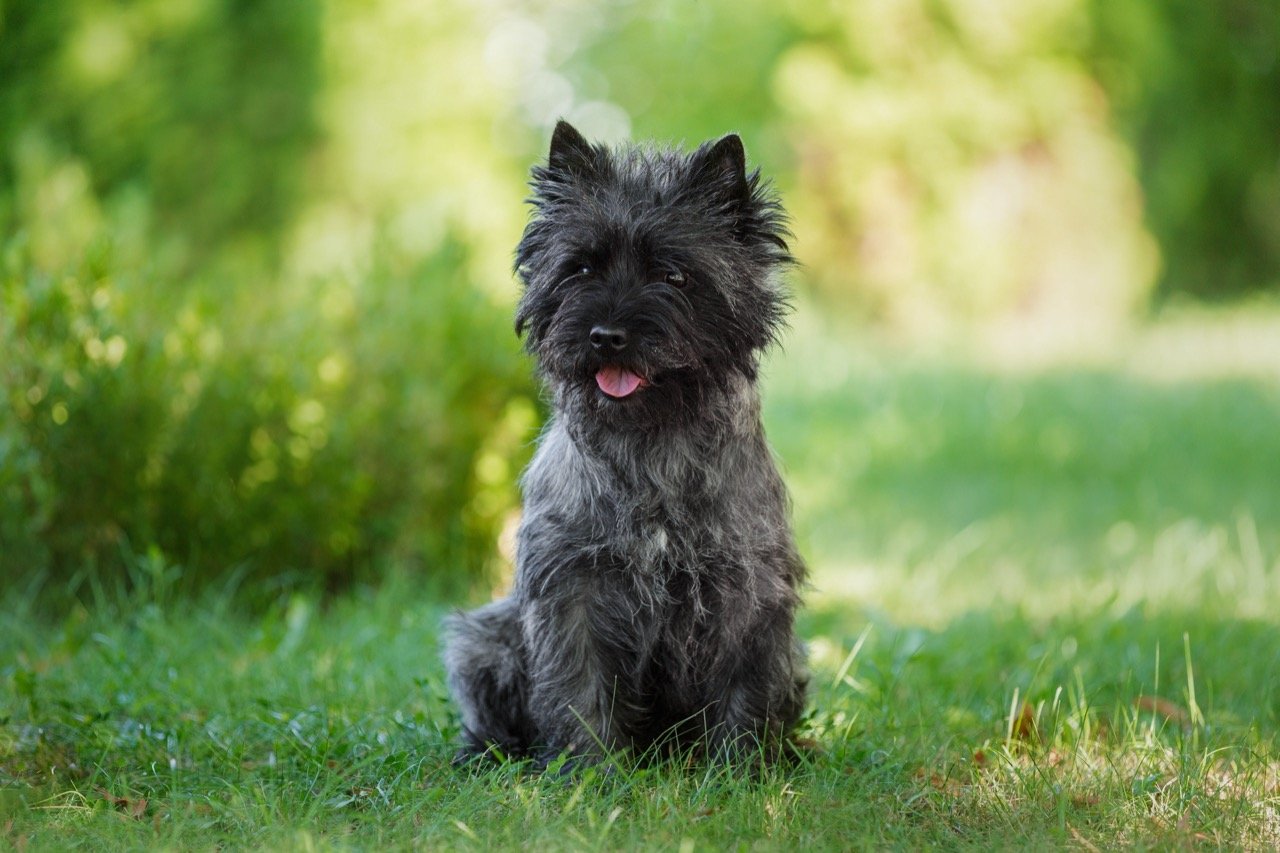
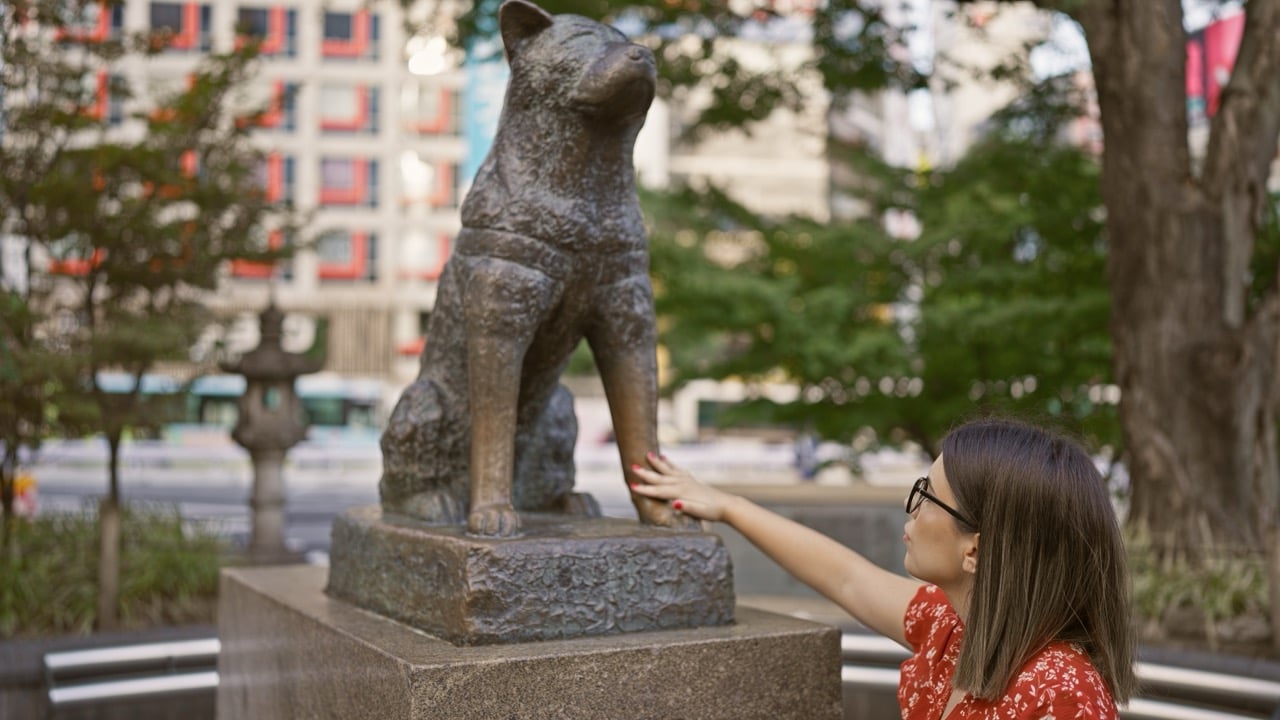
.jpeg)
